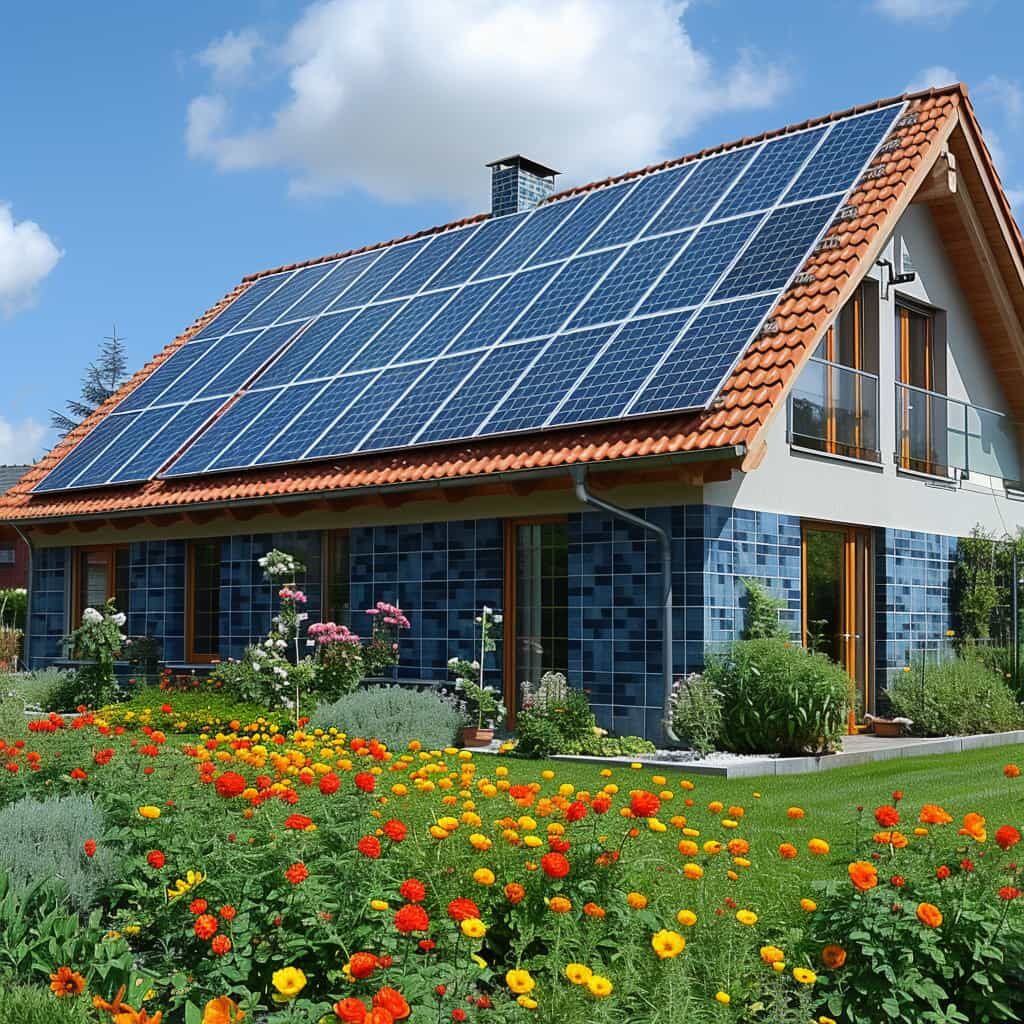Introduction
Solar brackets: Solar bracket are the materials that holding solar panel or have those tightened on a matter — they hold things there, or chin-soil going to the sun in conclusion and so width solar slide-on-level your rooftop which you looked for. Ground-mounted brackets are, surprise, on the ground (often over a larger area), while roof-mounted brackets are directly mounted to a structure's roof. In the end it is space, price and looks.
Advantages of Using Ground Mount Solar Brackets
Ground-Mounted Solar Bracket First, the Pros of Ground-mounted Solar They are scalable and built for all-year-round conditions. Which, you know, is what makes 'em perfect for fields full of giant commercial or utility solar that are just plopped down acre by acre across the land. One aspect when balancing energy vs. downtime, is maintenance which simplifies and cleaning that can also improve efficiency.
Most amazing of all is that you can not only spin the panels, but also pivot and tilt them too. They are positioned at the ideal solar angle and with a few tracking systems follow the sun over part of the sky daily. This generates significantly more electricity than passive roof systems.
There is also a component to aesthetics. It may be the case that a ground solar system can be so much integrated with the land areas around it, that it will beautify the adjoining properties in case those other landscapes are needing beautification.
Disadvantages of Ground Mount Solar Racks
A ground-mounted solar frame has its disadvantages there, too, and so limitations. That's the land use that one of our biggest concerns is related to. Since ground-mounted systems are solar-only, these require large blocks of land which many property owners just cannot (or do not want to) give up for solar in urban environments. Proportion of Land Use & Effects on Natural Ecosystem, Agriculture in this Spiels
The upfront cost of supply mount systems is often much larger as compared to roof-top installations, since it typically requires site work in terms of grid-ding and base. They may also bring higher security and maintenance costs due to the fact that they can be more vulnerable to theft, vandalism or wildlife disruption.
Comparative Analysis
The ground mounted system is a lot more cost efficient than roof mounted system but aspects such as the initial investment, facilities maintenance cost and total savings over time should be analysed. A ground mounted systems would naturally have a higher up front cost because of the extra racking, but does bring with it more output potential. Roof mounted systems are typically less expensive to install, but how much energy you can produce is limited by the angle they sit on your roof and take as much space as you allow.
The other thing is energy efficiency in production. Fixed roof mounted systems have much less energy production than tilt and tracking ground-mounted systems. Both types of systems must also take into account local climate and environments as these can affect system performance.
At the very least, to the best of my knowledge, you were going to have a larger footprint for any ground-mounted system — and I say gets important because environmental impact is one those stats that no longer goes unnoticed these days. In contrast, rooftop-mounted systems have nigh zero environmental effects other than their construction.
Conclusion
Typically, the choice of ground mounted solar brackets vs. roof-mounted brackets will depend on the availability of space, initial cost, aesthetics and ecosystem sustainability. While Indy is way more flexible (hence its much better energy return on input), it also needs a bit more space and has dramatically higher up-front costs. They take up a smaller physical footprint and emit lower carbon emissions but generally much lower energy Output as well as additional contemporary maintenance concerns. At the end of the day, it is a balancing act between those and what helps you & your scenario cope better. With the demand rising and the solar linked technology rapidly progressing, these mounting systems are bound to form an efficient and cost effective solution in the future.

